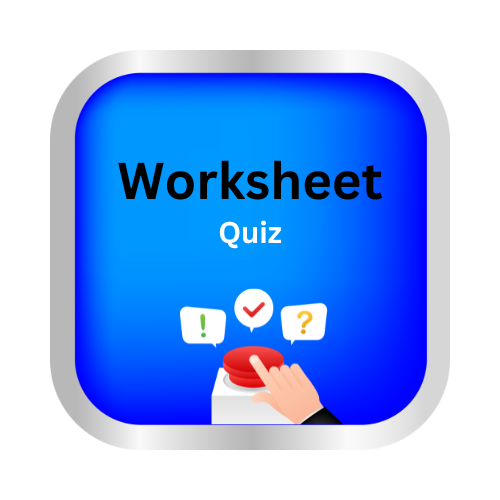Plastics
plastic by Delta publications
key notes :
Definition of Plastics:

- Plastics are synthetic or semi-synthetic materials made from polymers.
- Polymers are large molecules composed of repeated subunits (monomers).
Types of Plastics:
- Thermoplastics: Plastics that can be melted and reshaped repeatedly (e.g., polyethylene, PVC).
- Thermosetting Plastics: Plastics that harden irreversibly when heated (e.g., Bakelite, melamine).
Characteristics of Plastics:
- Lightweight
- Durable and strong
- Waterproof and resistant to chemicals
- Insulators of heat and electricity
- Non-biodegradable (most plastics)
Common Uses of Plastics:
- Packaging (e.g., bags, bottles)
- Construction (e.g., pipes, insulation)
- Household items (e.g., furniture, containers)
- Electronics (e.g., casings, wiring insulation)
- Medical equipment (e.g., syringes, prosthetics)
Advantages of Plastics:

- Cost-effective and versatile
- Resistant to corrosion and moisture
- Can be molded into various shapes
Disadvantages of Plastics:

- Non-biodegradable: Causes long-term environmental pollution.
- Harmful when burned: Releases toxic gases like dioxins.
- Overuse of plastics contributes to landfill and ocean pollution.
Environmental Impact:

- Plastics contribute to soil, water, and air pollution.
- Microplastics harm marine life and enter the food chain.
- Difficulty in recycling due to mixed plastic types.
Recycling and Management:

- Reduce: Minimize the use of plastics.
- Reuse: Repurpose plastic products to extend their life.
- Recycle: Convert waste plastics into new products.
- Recovery: Extract energy or materials from waste plastics.
Biodegradable Plastics:
- Made from natural materials like starch or corn.
- Decomposes more easily under natural conditions.
Let’s practice!

